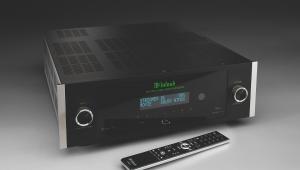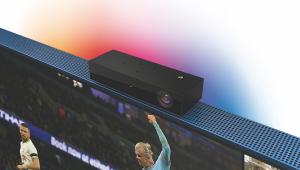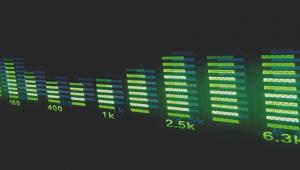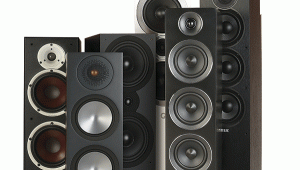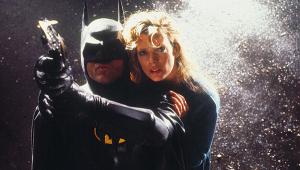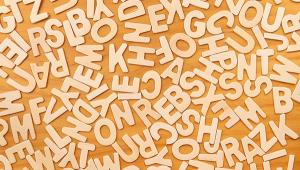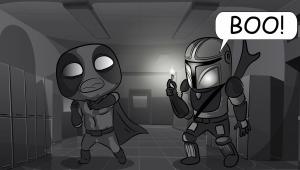Double the bass, double the trouble
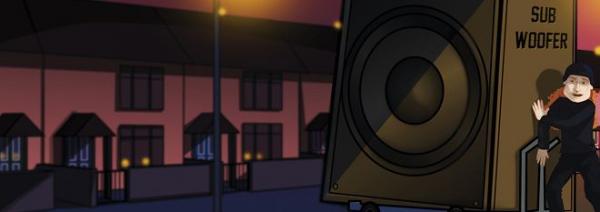
I have yet another subwoofer-induced headache, and it's not from playing the opening sequence to The Expendables 2. Rather, it's from trying to get my noodle around a mind-bogglingly complex setup. You see, my period of single subwoofer purity has come to an end, with a second Velodyne DD18+ joining my system to capitalise on the new breed of 11.2-channel AV hardware.
Positioning the beast was not challenging, mentally at least. There was a suitable space to the right of the centre speaker mirroring the other DD18+ to the left. Yes, one should experiment with subwoofer placement for best sound but it’s a small room and life’s too short. Moreover, the Velodyne weighs more than 50kg, comes in a box that could double as a garden shed and had to be slipped into the house before my wife could complain.
Method in the madnessThe real challenge began at setup. The DD18+ comes with a mic and PC-based EQ software to tailor performance. It offers three methods of tweakery, from generating and measuring its own sweep tones and applying basic parametric EQ, to fully manual setup using a sweep tone generated by a CD in your BD player. The latter method measures your main speaker’s LF response at the same time to ensure the output of the sub is adjusted to give the flattest response of the overall AV system, not just the woofer on its own.
Yet the LFE feed may also contain main channel information, depending on the size of your speakers and crossover settings. It may be subject to EQ by your AVR, and may well be doubling up LF output if the AVR sub output is set to LFE+Main. If you have a system whereby the sub is also connected to the main power amplifiers at speaker level, to add low-frequency in-fill for stereo music, then things start to get really complex. Working this out for two subs gets into University Challenge territory. Should you EQ both subs together and apply an identical EQ map using Velodyne’s master and slave setup, or EQ each sub individually? The latter method would not take into consideration room interactions of the other woofer but would theoretically be more accurate for two-channel music, where left and right signals could be radically different.
After that you have six pre-sets that can be given unique EQ maps, each with eight filters that are all adjustable for frequency, gain and bandwidth. On top of that you have about a dozen user-adjustable parameters, from the frequency and slope of the lowpass filter to the degree Velodyne’s digital servo system is used to control the cone movement. Just to make it really tricky, the user manuals are awful.
So it's been a learning curve - with really steep bits - and I'm still not convinced I have achieved the ideal setup, despite trying countless methods. Best so far has been achieved by running simultaneous setup with a laptop connected to each Velodyne.
A third laptop is used to log all the results for comparison, making the whole process look a bit mad scientist with a hint of nerd. Still, many lessons have been learned, the key one being, ‘wear ear defenders’ – I pressed play on the 10Hz-200Hz sweep CD without checking the volume was turned down and the 15-second blast of sonic devastation was epic. Hitting stop was followed by stunned silence, then an irate voice shouting from the smallest room upstairs: 'For God’s sake Richard, I thought the toilet was exploding!' My new subwoofer purchase had been rumbled.
Have you fine-tuned your subwoofer's output?
Let us know: email [email protected]
 |
Home Cinema Choice #351 is on sale now, featuring: Samsung S95D flagship OLED TV; Ascendo loudspeakers; Pioneer VSA-LX805 AV receiver; UST projector roundup; 2024’s summer movies; Conan 4K; and more
|


